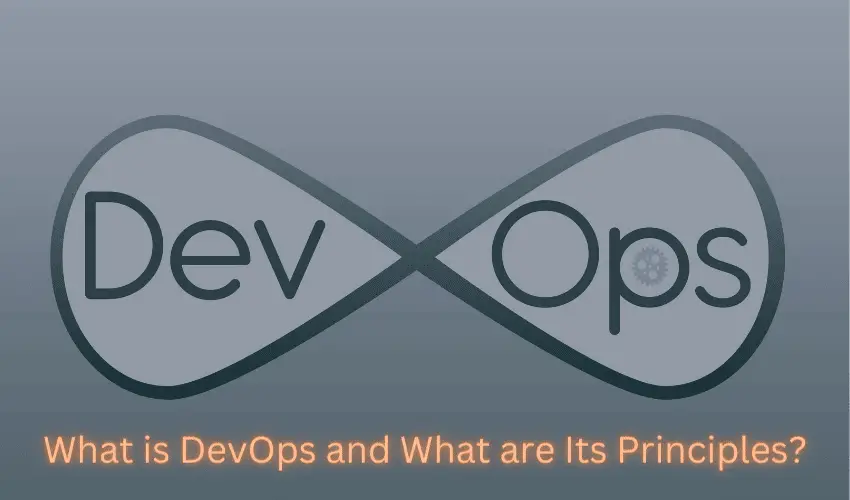DevOps has permanently altered the way businesses create and distribute software products. While the technique is not the final word in app design or has been adopted by the whole software development community, it has inspired a cultural revolution in the development process.
This cultural transformation is the reason why learning about DevOps concepts is a good thing even if you decide not to use it with your software development team. Beyond high-quality software development, the DevOps model has broader implications; other organizations may profit from its teachings.
What Exactly Is DevOps?
DevOps is a culture of software development that combines the activities of development, operations, and quality control into an ongoing series of actions.
DevOps is a shift away from the traditional compartmentalized model and toward integrated, holistic teams that work on Development, IT, and Operations as one unit, each taking into account the demands and expectations of the others, in order to offer business value to consumers more rapidly and reliably.
DevOps approaches are becoming more common, with developers and operations communicating and cooperating to allow quick product deployment. Together with Operations, developers are learning how their code impacts infrastructure and gaining access to live systems for monitoring and troubleshooting. Similarly, Operations and Developers are collaborating to provide automated, self-service, and dependable infrastructure and tools.
Technical innovation is not required for the transition to DevOps. It is dependent on embracing the appropriate DevOps principles and ideals and customizing them to the demands of your firm.
DevOps is now almost an integral part of SaaS development because it allows you to develop products of this type as productively as possible.
Principles of DevOps
Progressive Releases
DevOps encourages engineers to submit new code as often as possible, generally many times each day. A single project is broken into tiny, manageable portions in a DevOps environment, and teams contribute code in increments. This helps to troubleshoot bad code more simpler before it is pushed to production. Depending on the process, DevOps teams might publish code updates and bug fixes every day, every week, or every month.
Incremental releases provide more flexibility in the development and deployment cycles. As a consequence, teams can react fast to unexpected developments and promptly correct problems and defects. The fundamental purpose is to prevent faulty code from reaching the end user.
You can use DevOps consulting services to better understand this concept and how to apply it to your business.
Monitoring
The DevOps team should not only construct the CI/CD pipeline, but they should also supplement it with continuous monitoring. The DevOps team must constantly check applications, logs, infrastructure, and systems for issues. When a problem is discovered, the team can swiftly restore the program to its former state and remedy the issue. Continuous monitoring also identifies productivity concerns that may impede pipeline productivity.
Automation
One of the most important DevOps techniques is to automate as much of the software development process as feasible. By automating operations, developers can concentrate completely on creating code and implementing new features.
Everything that can be automated should be automated in a DevOps environment. DevOps teams, for example, employ various software solutions to create and test apps automatically rather than spending time manually inspecting code for bugs.
Continuous Development
In order to maximize performance, cost, and time to deployment, test continuously, learn from mistakes, and take action on feedback.
Collaboration
The basic goal of DevOps is to build trust between developers and operations. Throughout the development and deployment cycle, Dev and Ops teams must interact, exchange feedback, and cooperate.
Accepting a culture transformation inside the firm is also required to create this sort of inclusive, collaborative workplace. To effectively implement DevOps, stakeholders and DevOps teams must be on the same page, working together to provide software solutions that add real value to the organization and its customers. DevOps necessitates that the whole organization function like a startup, constantly adapting to market changes and spending time and money on features that attract more consumers.
Conclusion
The DevOps technique was created to increase the efficiency of a software product. To do this, corporate enterprises must adhere to DevOps principles in order to succeed and remain ahead of the curve.
We are giving you exclusive deals to try Linux Servers for free with 100$ credit, check these links to claim your 100$,
DigitalOcean - 100$ free credit & Linode - 100$ free credit
Check some Exclusive Deals, HERE.
Also, check out DevOps Book You should read section.
